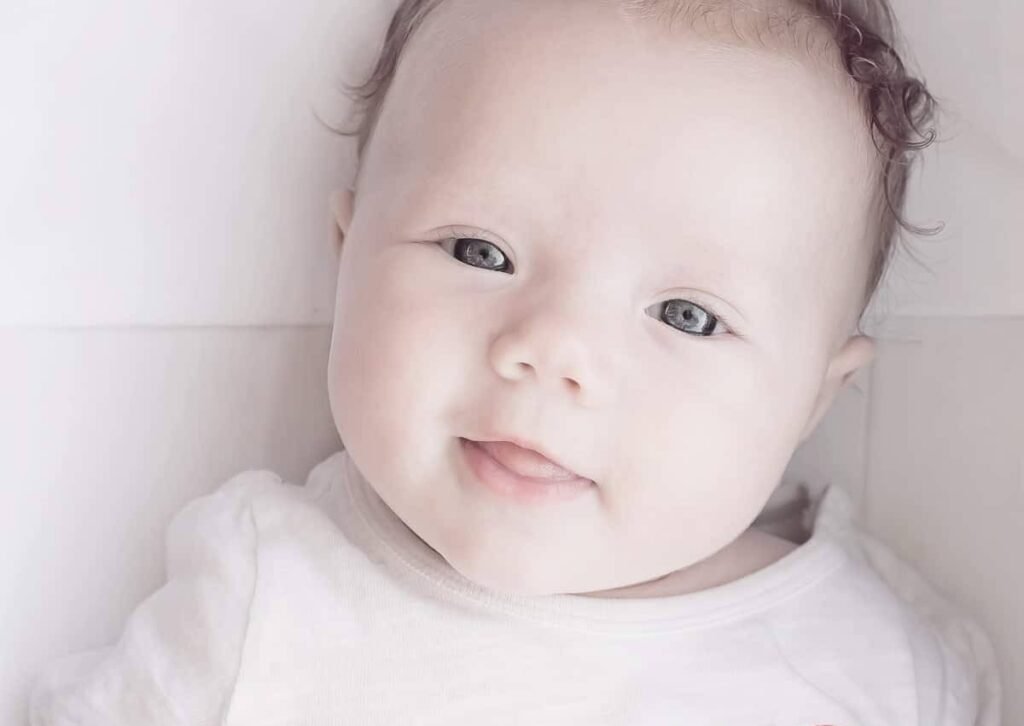A baby’s health can often cause parents to get anxious and worried. While eye problems are common in babies, they can be detected early and be treated easily. Here’s everything you need to know about common eye problems in babies.
Table of Contents
Symptoms of Common Eye Problems in Babies
- Your baby rubs the eyes excessively.
- Eyes water excessively.
- Makes unusual movements of the eye by wiggling them back and forth.
- Apparent physical differences such as spots on the eyes or bulging of the eyes.
3 Most Common Eye Problems in Babies
1. Lazy Eye (Amblyopia)
Cause: Spotlight or bright lights (like from a camera flash) that blurs the vision.
Symptoms: Eyes that lack depth perception or eyes that wander apart.
Treatment: When detected early, can usually be cured easily with the help of glasses, contact lenses or even eye drops.
2. False Cross Eyes (Strabismus)
Cause: Flat nose, unusually close eyes or an extra fold of skin near the inner eye.
Symptoms: Illusion of a crossed eye or the baby often looks at objects through a side gaze.
Treatment: Usually goes away by itself in most cases as the baby grows older.
3. Pink Eye (Conjunctivitis)
Cause: A viral infection or a blocked tear duct, among others.
Symptoms: Redness in the eye, excessive tears and yellow puss-like discharge and swollen eye lids.
Treatment: Doctor prescribed antibiotic eye drops, cleaning eyes with warm saline water and/or a gentle eye massage.
Other Problems
- Genetic disorders may have the potential to cause eye problems like Anophthalmia or Albinism.
- Alcohol and drug abuse during pregnancy may also hamper vision.
- In babies of diabetic mothers in particular, Optic Nerve Hypoplastia is a common malformation.
Also Read : Visual Development in One Month Infants – Week-by-Week
3 Ways Parents Can Identify Common Eye Problems in Babies
1. Tracking
This is probably the most important and fundamental way to identify if there is a problem, as a normal child will start to fixate on objects and track those objects side-to-side by as early as two to three months.
2. White in the Eye
If you see anything white when you directly look into the eye or even in photographs, it may be a sign a vision problem developing.
3. Eyes Aren’t Aligned
While drifting of the eyes is a very common problem during early infancy, a persistent crossing or drifting of the eye is a clear sign of a potential long-term problem.
The above three methods may look simple but are very effective methods a parent can adopt to spot common eye problems in babies – just by looking into their eyes (something which they do a lot of anyway), thereby ensuring that the child’s vision is developing normally.
Precautions to Avoid Common Eye Problems in Babies
a) Encourage Curiosity
Decorate the baby’s room with a dim lamp and alter his sleeping position such that it encourages him to look around.
b) Help to Focus
Hanging some toys above the cradle in such a way that the baby will be able to focus on them.
c) Take Him Out
Potentially one of the most effective ways to give your baby a healthy vision is to take him out regularly into open spaces like parks, garden, beaches or even your terrace. This can direct his attention to various things at different distances and help sharpen his vision.
d) Talk from Different Directions
Just talk to him from different directions, so that he will be compelled to keep changing his angle of vision to look around and find you.
e) Feed from Both Sides
Feeding your baby from both sides on a consistent basis not only helps him focus on objects from different sides, it also helps him focus from different angles too.
Related Article: The Critical Impact of Screen Time on Child Development
Conclusion
An infant’s vision gradually develops over time. That’s why most of the common eye problems in babies are due to the time it takes for the eye muscles to develop.
A vast majority of the problems get corrected once the eye muscles are fully developed. However, there could be some serious issues that require medical help.
Disclaimer: The content in this page and across this website are for informational and educational purposes only. In case of any concerns about your child’s growth and development, please contact your professional child healthcare provider.
